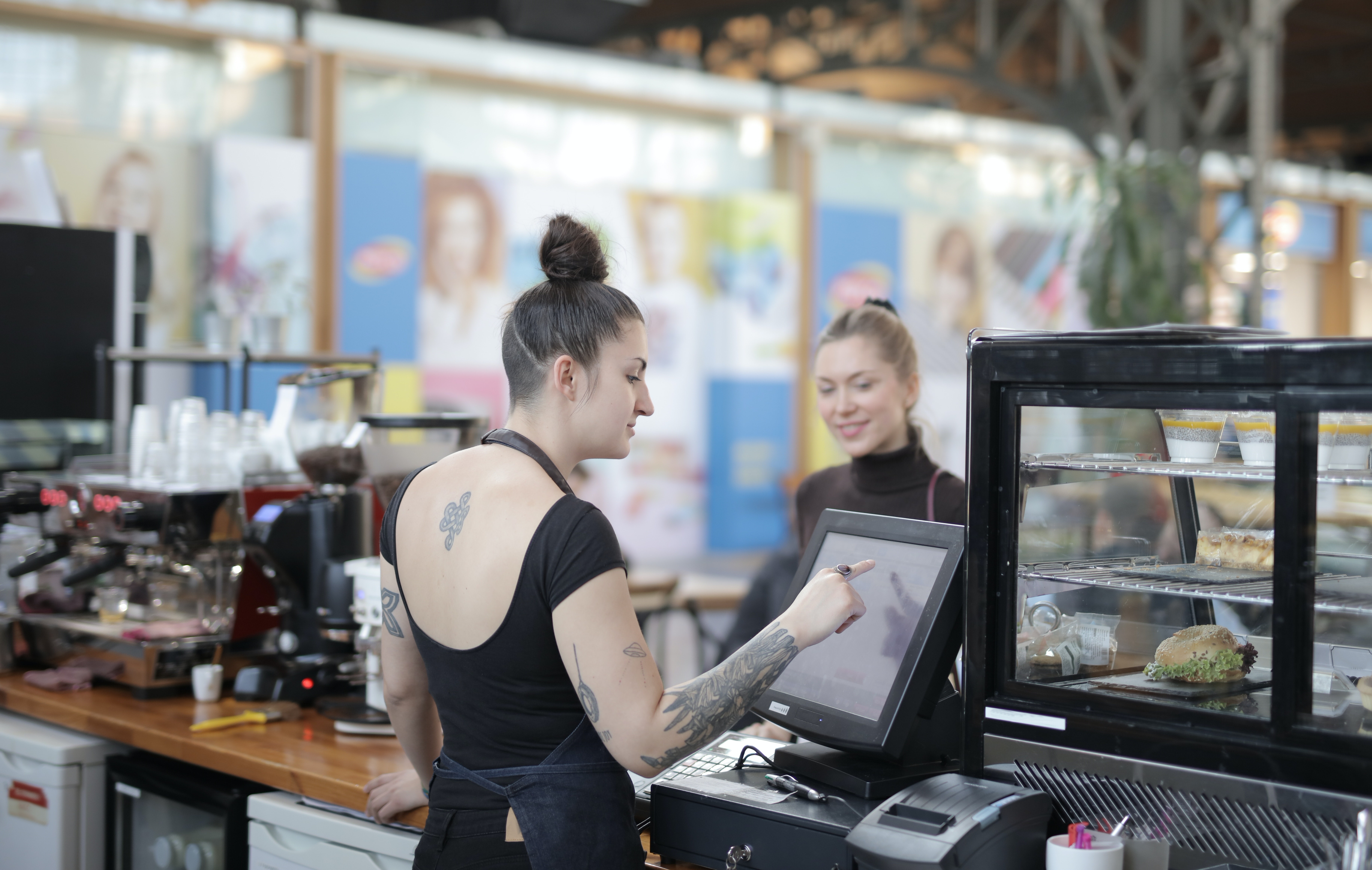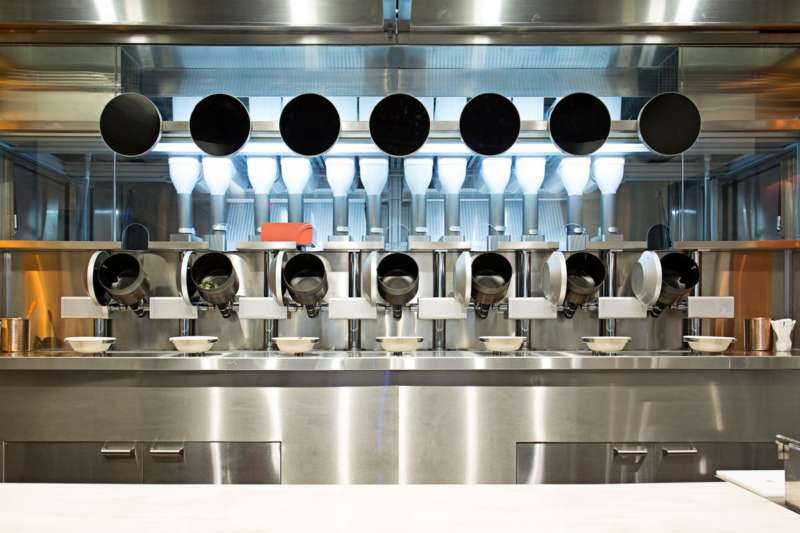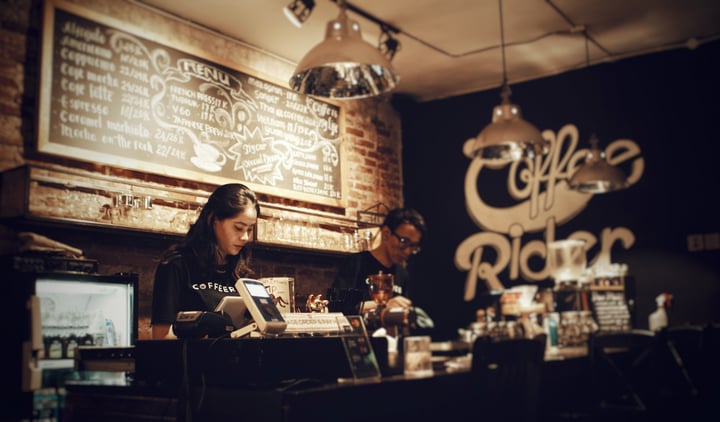
- Home
- Crunchtime Blog
- Can Restaurant Automation Systems Solve Industry Labor Problems?

Can Restaurant Automation Systems Solve Industry Labor Problems?
The back office is inherently rooted in chaos. That’s why restaurant automation tools are so important.
Food and labor operations are in a constant state of flux, as both supply chains and team members are always requiring detailed attention. If you're lucky enough to have a great concept with high demand, scaling-up your operations only compounds these challenges as brands have to maintain operational consistency across new locations. Operators also have to account for high turnover - as much as 80% or more has been reported by the US Bureau of Labor Statistics. It seems that once everything is running in order, the management staff changes and things fall apart. Enter restaurant automation tools.

What is "Restaurant Automation?"
This is an important question because restaurants have different ideas regarding the scope of their automation efforts. For example, SPYCE (recently purchased by Sweetgreen) is a restaurant in downtown Boston that describes itself as 'the world’s first restaurant featuring a robotic kitchen that cooks complex meals.' A guest would order their meal from a digital kiosk and watch a robot auto-prepare, mix, and serve a delicious meal. The human interaction here is minimal, while the cooking process is completely automated.
For most restaurants, automation mean leveraging technologies to either minimize the time spent on certain tasks or eliminate those tasks altogether. In an era of high employee turnover, where stores are doing more with fewer people, restaurant automation tools are critical to maintaining order and timely task management. Managers have less reliance on training new team members to take on certain tasks because those tasks will already be done via back office automation. Operational task automation saves time, energy, and reduces training across the organization.
So, robots are taking all the restaurant jobs?
Not at all. Your team members will always play an important role in the success of your restaurant. Industry consultant Jim Sullivan’s article in Nation’s Restaurant News argues that restaurants are still a people business. This is true, and your people should spend their time and efforts on the most important component of any restaurant - its guests.
Your operators are primarily concerned with their restaurant’s traffic and guest experience. They don't want to spend the bulk of their days worrying about inventory counts, vendor food, paper, and supplies orders, or making team schedules. The more time they spend focused on back office ops, the less time they focus on guest experience. Restaurant automation tools help to resolve this issue.
A strong back office solution with restaurant automation tools can perform functions such as forecasting, production, vendor ordering, receiving, and scheduling, just to name a few critical tasks.
Turnover is not slowing down in the restaurant industry and it seems harder than ever to find good long-term talent. But while you can't stop it, you can put systems in place to alleviate the challenges that come with on-boarding new people. Learn more about what CrunchTime is doing for restaurant automation. Reach out.
Share this post
Related


The Restaurant Operator’s Guide to Fair Workweek

